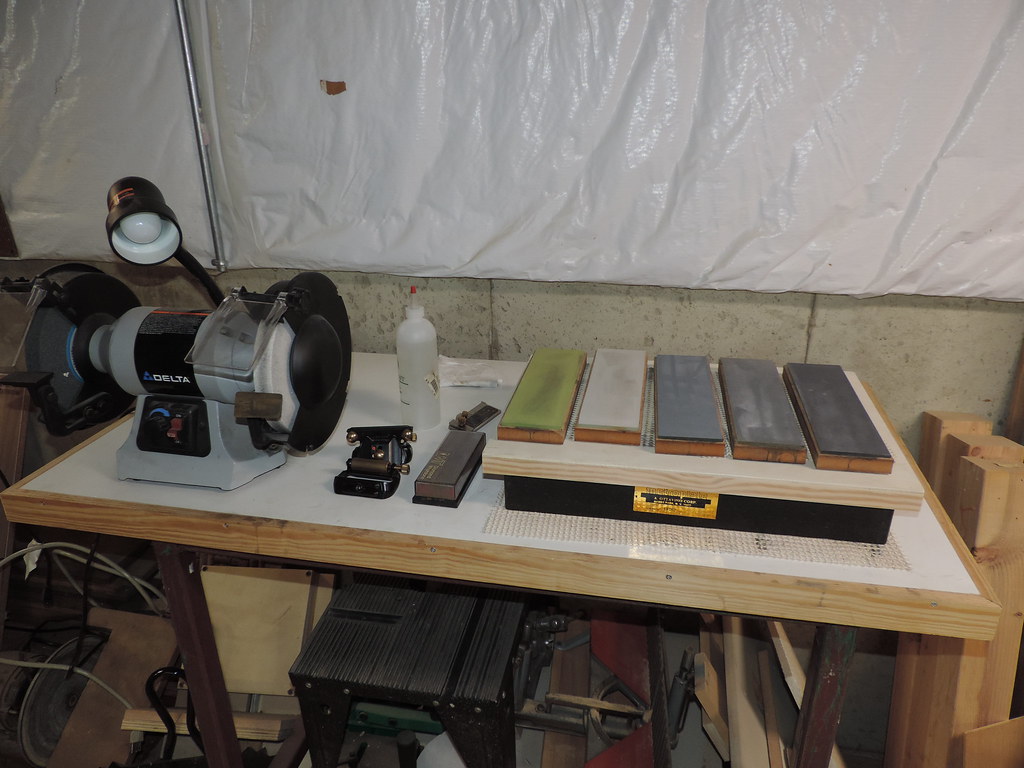..., what do you find to be the most convenient size of glass on which to place your SC paper. In other words, one grit per glass slab, and what size, or multiple grits per glass slab, and how many and what size each? Hoping to learn from other Creekers' inconveniences. Thanks.




 Reply With Quote
Reply With Quote







